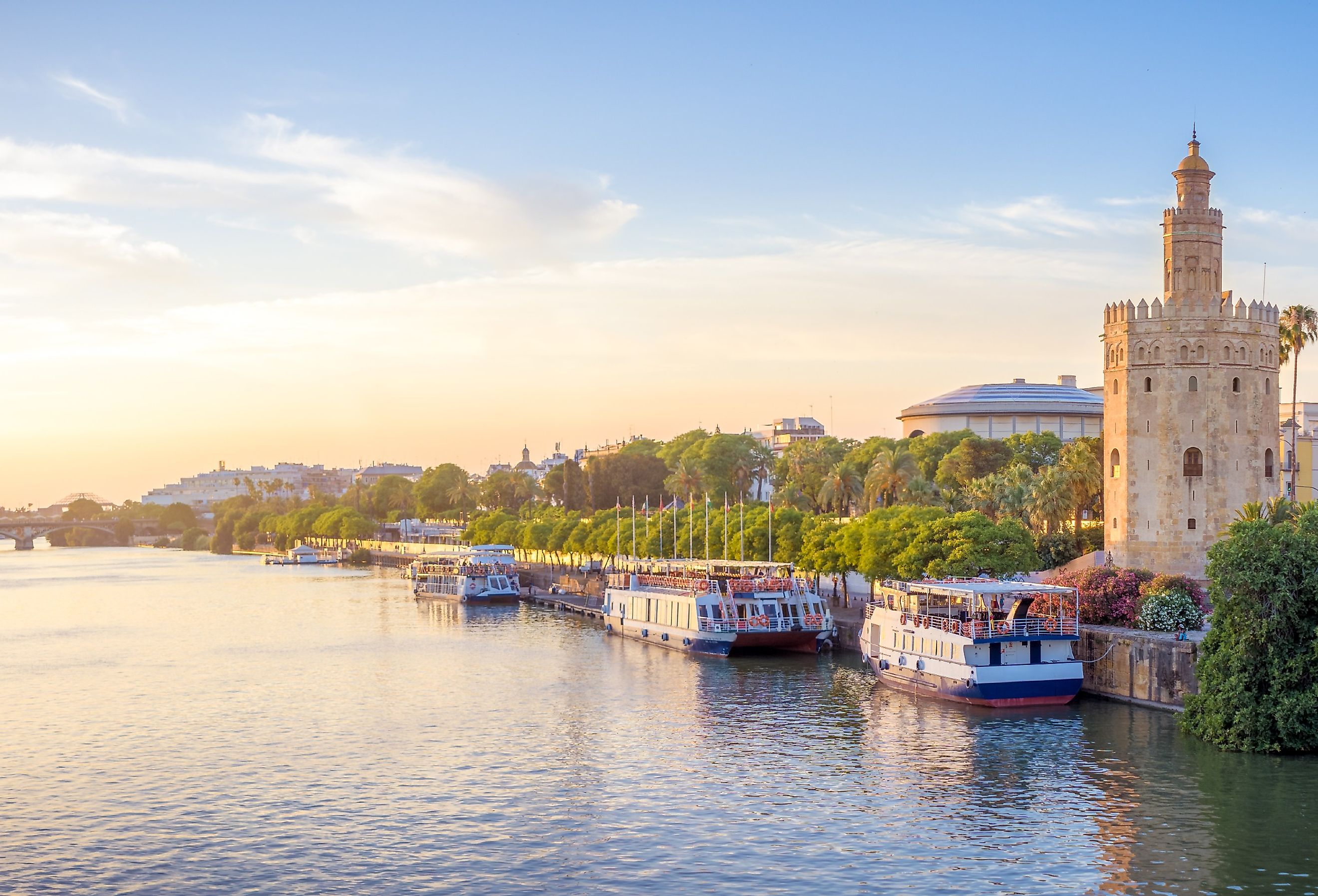
Guadalquivir River
Spain is best known for its beautiful mountains and biodiversity. However, it also has much to offer in historical curiosity, including castles and other medieval structures, alongside its many natural wonders. The Guadalquivir River is an important river in Spain's history. The Romans named the river Baetis, while the natives named it Certis or Kertis. Located in southern Spain, the Guadalquivir River is a vital waterway that flows into the Atlantic Ocean.
Source and Course of the Guadalquivir River
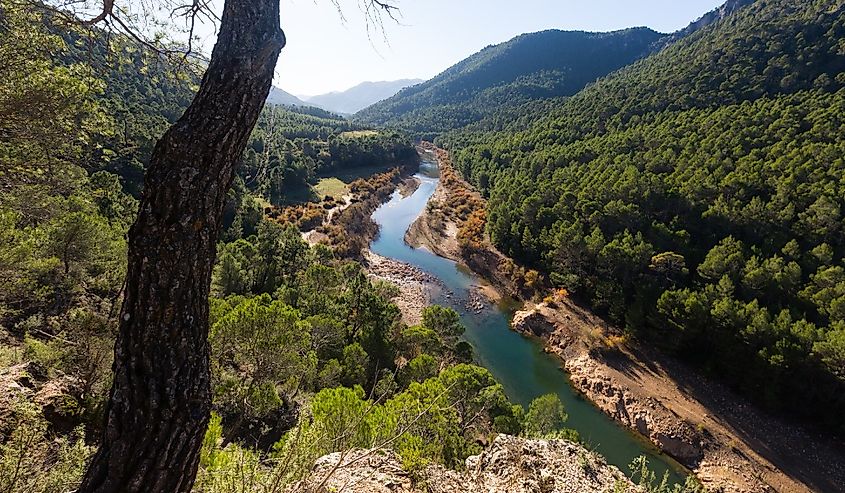
The Guadalquivir River is a long river in the southern parts of Spain. It travels through much of the Iberian Peninsula, beginning in the mountains of south-central Spain and flowing southwest until reaching the Gulf of Cadiz in the Atlantic. It begins in Sierra De Cazorla National Park within the mountains of Cañada de las Fuentes. The River flows down from the highest point of 5,250 feet (1,600 meters) down from the mountains in the Jaen Province. The province of Jaen is a fairly rural region of Spain with several beautiful natural and historical landmarks.
Guadalquivir comes from Arabic, for "large river." This is a fitting name since the River is one of the longest in Spain. Accordingly, the River flows an extensive 408 miles (657 kilometers) and empties an area of over 22,000 square miles (57,000 square kilometers). While not the longest River in Iberia, it is the longest navigable River, meaning a vessel can travel the whole length. The water is calm enough and lacks any significant blockages which would limit or disrupt travel. This means you can travel solely on this River from one end to the other without having to leave the River.
History of the Guadalquivir River
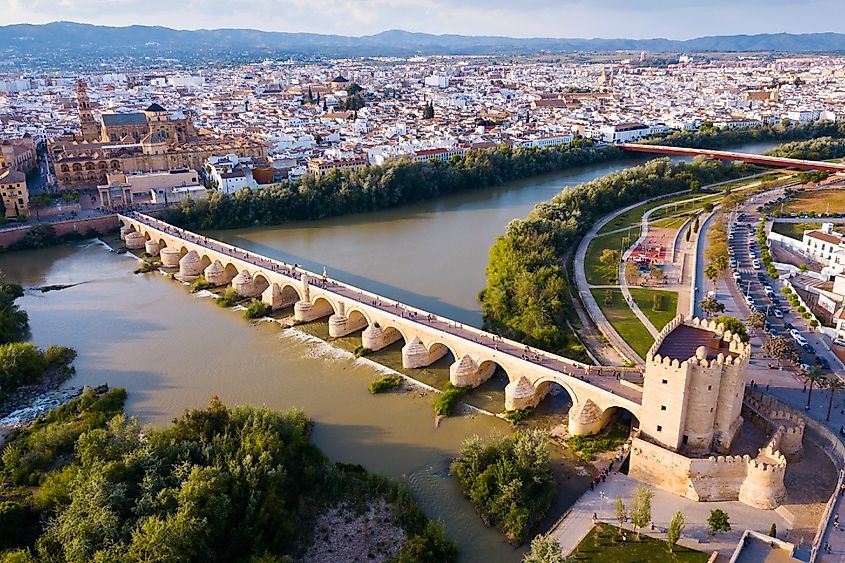
The Guadalquivir River was very important in the modern and ancient worlds. Today, the Guadalquivir serves as an important source of freshwater for farming and irrigation. It also serves as a great alternative form of transportation, especially for visitors and tourists. However, the River has been a vital natural resource for centuries.
The Guadalquivir River was important for the Romans when they first invaded the region. It provided easy transportation throughout the country back when it was still mostly a wilderness. However, the river's size and volume meant it overflowed its banks regularly and destroyed settlements, especially near modern-day Seville.
The Romans managed to divert the River to some degree. However, when the Visigoths later conquered the region, they disrupted the flow again, leading to more severe flooding. The flooding persisted until the 18th and 19th centuries when building projects sought to prevent flooding. Later artificial channels were dug along the river, preventing further floods.
Climate
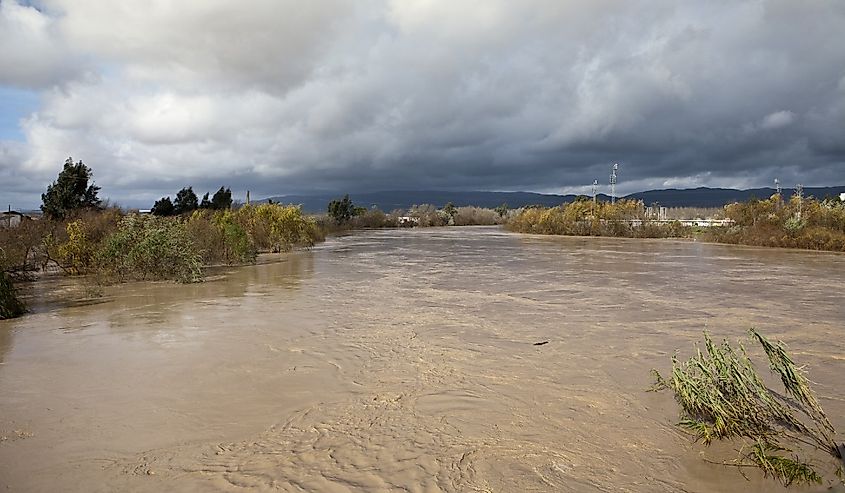
Spain has a relatively mild climate due to its presence on the Mediterranean Sea. The Jaen province near the Guadalquivir is characterized by a continental-Mediterranean environment. Continental climates are more severe than Mediterranean coastal regions since the warm air off the water moderates the environment.
The further inland you go, the cooler and more intense the weather becomes. The region of the Guadalquivir River isn't horribly cold in the winter, but it does get cooler than some would expect in the Mediterranean. Winter temperatures tend to range between 30 and 40 degrees Fahrenheit. Occasionally, the mountains receive small amounts of snow. Summer temperatures usually range in the upper 90s and occasionally break 100 degrees Fahrenheit.
Flora and Fauna
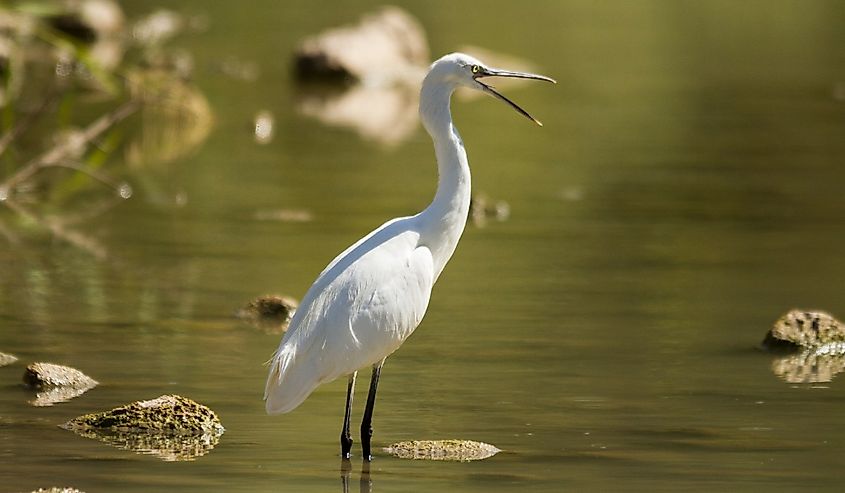
Much of the river's wildlife calls the marshes and tidal marshes of the shores their home. Tidal marshes are temporary marshes that form when the waterway rises and overflows its banks. These marshes are essential to the preservation of several varieties of plant and animal species.
The river has also served as a fundamental part of the local farming industry, lending to cultivating various grasses and herbs. Some of the most cultivated grasses include barley, wheat, and corn, with corn being less common in the rocky regions. Wild plant life in the area includes pine, oak, and olive trees. Spain is one of the leading producers of olives and olive oil.
Animal life includes native Spanish and North African species. Mountain goats, bears, fallow deer, and wild boar are commonly seen, especially in the mountains. Bird species include partridge and other small fowl. Fish, including trout and other freshwater species, are plentiful in the Guadalquivir River, with some saltwater mussels and clams found in the Gulf of Cadiz.
Conclusion
The Guadalquivir River is a national treasure, supplying the local farms with fresh drinking water and irrigation. While the many dams and human-made features helped curb the floods, they also added to pollution and native species depopulation. The region is a common tourist spot and offers a lot of natural beauty to enjoy.










